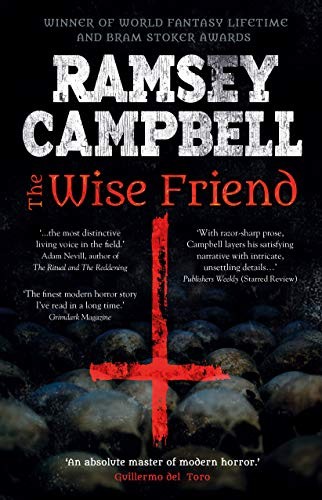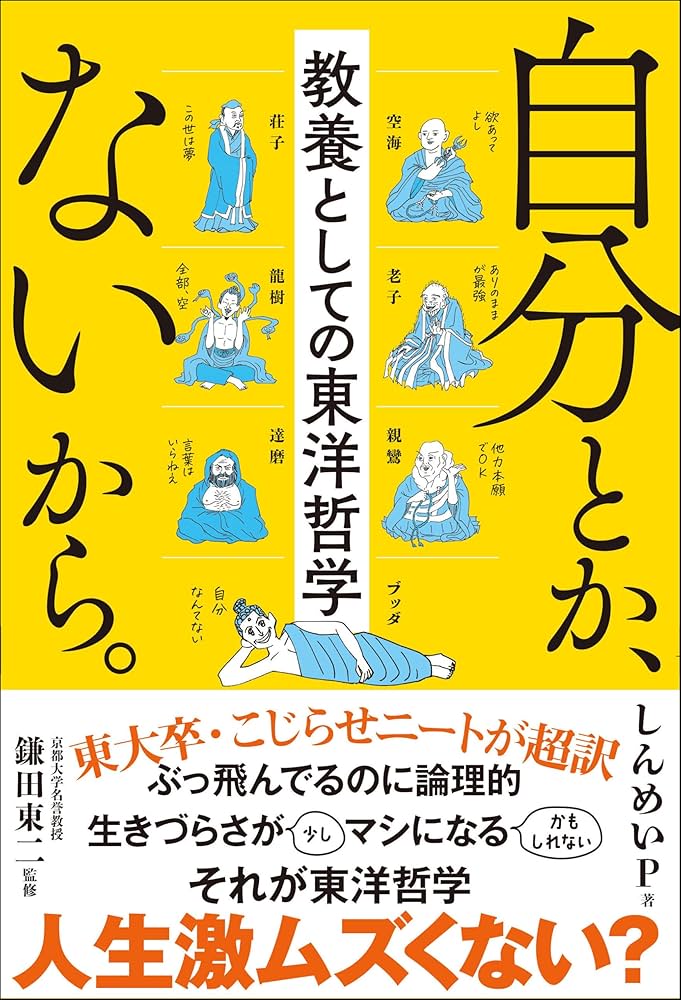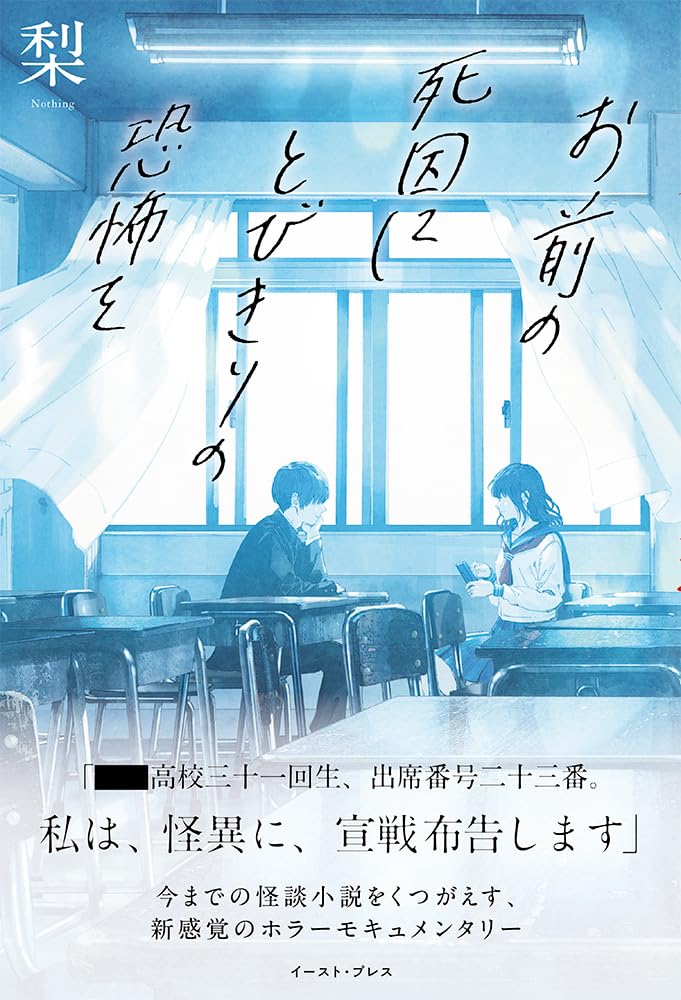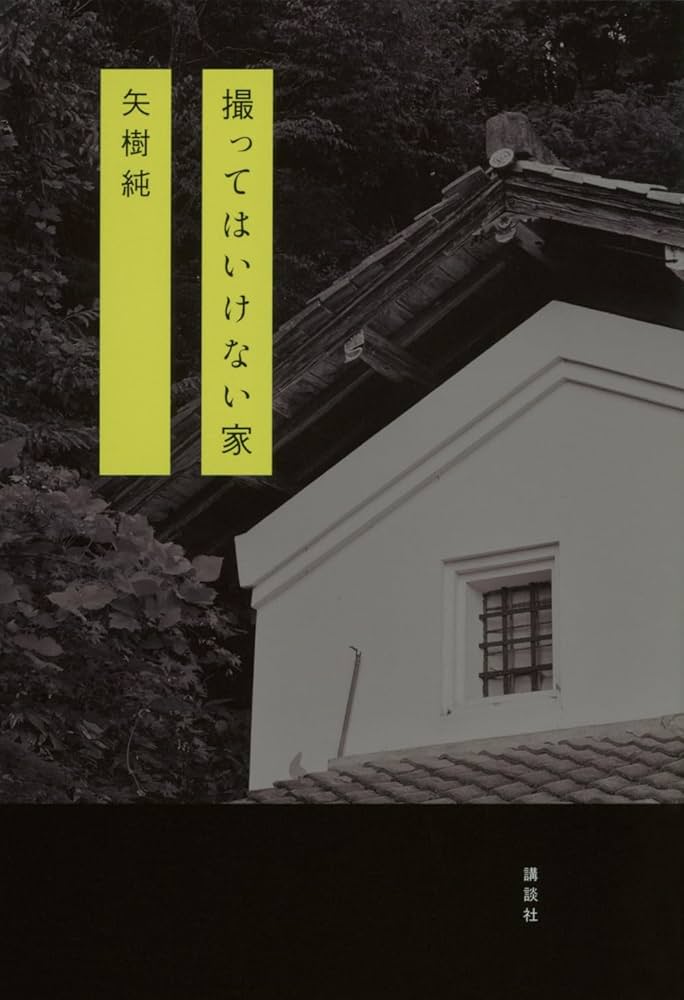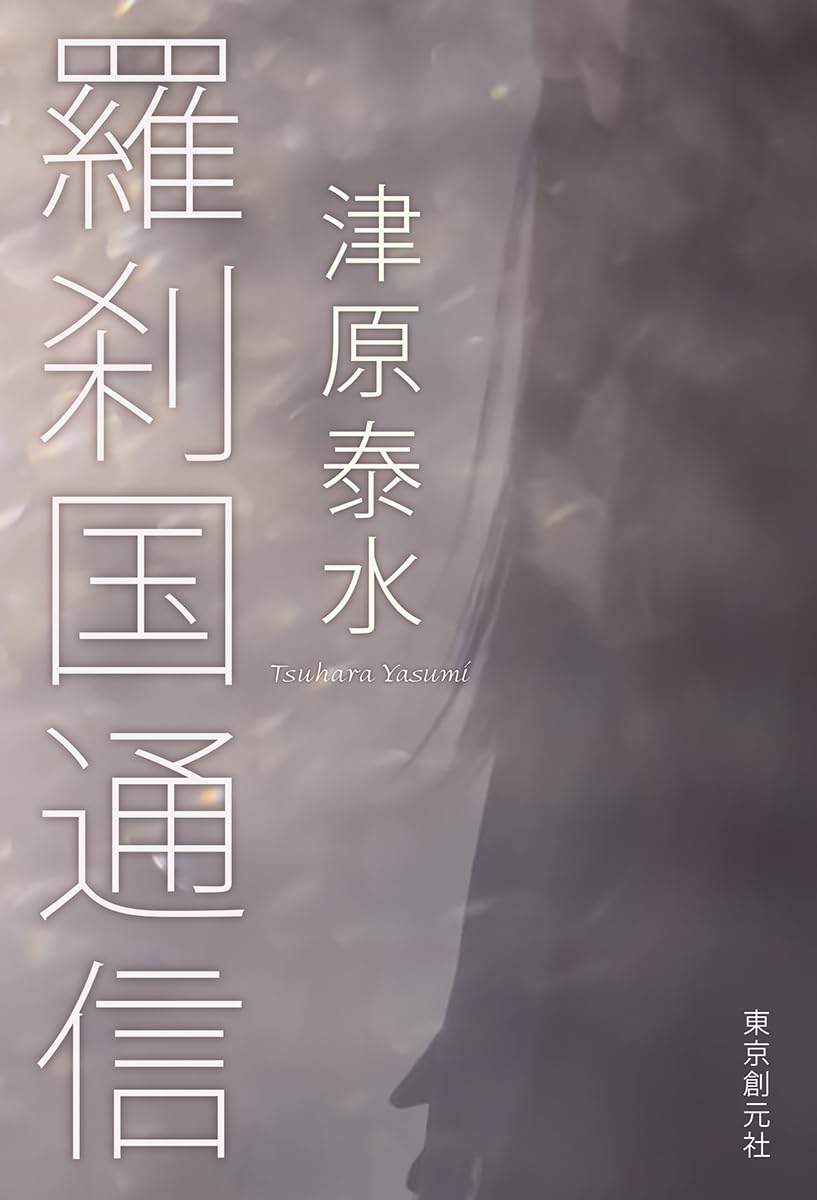This was a fun, truly accessible intro to important Buddhist concepts.
Reviews and Comments
Translator of Japanese mystery and horror, author of Discovering Yamaguchi Sake.
This link opens in a pop-up window
Jim Rion rated Devolution: 4 stars

Devolution by Max Brooks
As the ash and chaos from Mount Rainier’s eruption swirled and finally settled, the story of the Greenloop massacre has …
Jim Rion reviewed 自分とか、ないから。 by しんめいP
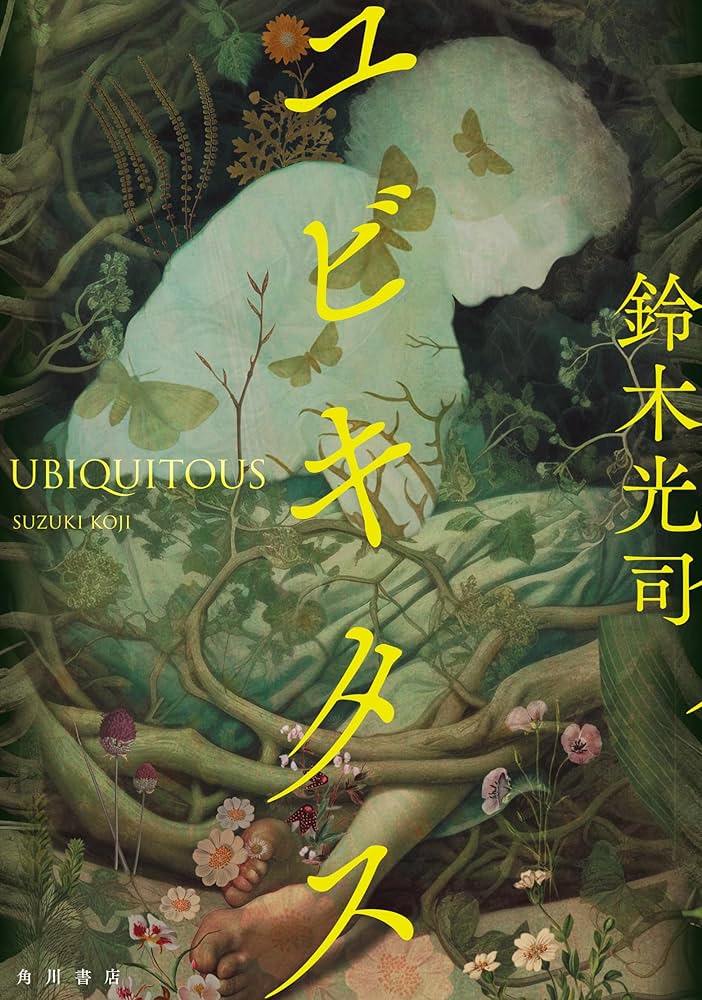
ユビキタス by Koji Suzuki
人間たち、完全に絶望せよ。日本ホラー界の帝王、16年ぶりの完全新作! 原因不明の連続突然死事件を調べる探偵の前沢恵子は、かつて新興宗教団体内で起きた出来事との奇妙な共通点を発見する。恵子と異端の物理学者・露木眞也は「ヴォイニッチ・マニュスクリプト」と事件との関連性に気づく。だがそのとき、東京やその近郊では多くの住民の命が奪われはじめていた――。
Jim Rion reviewed Re:Re:Re:Re:ホラー小説のプロット案 by 八方鈴斗
やっぱり全部、物語なんじゃないか? 第9回 カクヨムWeb小説コンテスト ホラー部門 大賞受賞作!
次回作を出せず苦戦している小説家の「私」は、ネタ探しのためにSNSや過去のニュース記事を探るうちに、ある奇妙な共通点に気づく。それは、何かしらの不幸に陥った人々が、示し合わせたわけでもないのに、顔に関連する不可解な言動をしている……「顔の怪異」に遭遇していることだった。このアイデアならば凄まじい作品を生み出せる。そんな衝動に駆られた「私」は担当編集者に連絡するも、それが出版社に伝わる「禁忌題目」というタブーに触れていると断られてしまう。どうしても諦めきれない「私」だったが、やがて大きな恐怖に巻き込まれていく……。
A fascinating bit of circular metafiction
4 stars
This is the story of a horror writer who, hoping to write a truly shocking work, stumbles on a real-life curse that infects everyone around him and destroys his life by forcing him to write a truly shocking horror story about stumbling on a curse that....
I honestly think this one should be much more popular than it is. It's original, well written, engaging, fun... But perhaps drags on a bit at the end.
This is the story of a horror writer who, hoping to write a truly shocking work, stumbles on a real-life curse that infects everyone around him and destroys his life by forcing him to write a truly shocking horror story about stumbling on a curse that....
I honestly think this one should be much more popular than it is. It's original, well written, engaging, fun... But perhaps drags on a bit at the end.
Jim Rion rated Rosemary's Baby: 4 stars

Rosemary's Baby by Ira Levin
She is a housewife—young, healthy, blissfully happy. He is an actor—charismatic and ambitious. The spacious, sun-filled apartment on Manhattan's Upper …
Jim Rion rated A Kiss Before Dying: 5 stars

A Kiss Before Dying by Ira Levin
A Kiss Before Dying is the story of young man who has just come out of the horror of World …
Jim Rion rated No One Gets Out Alive: 3 stars
Jim Rion rated Lost In The Dark: 5 stars
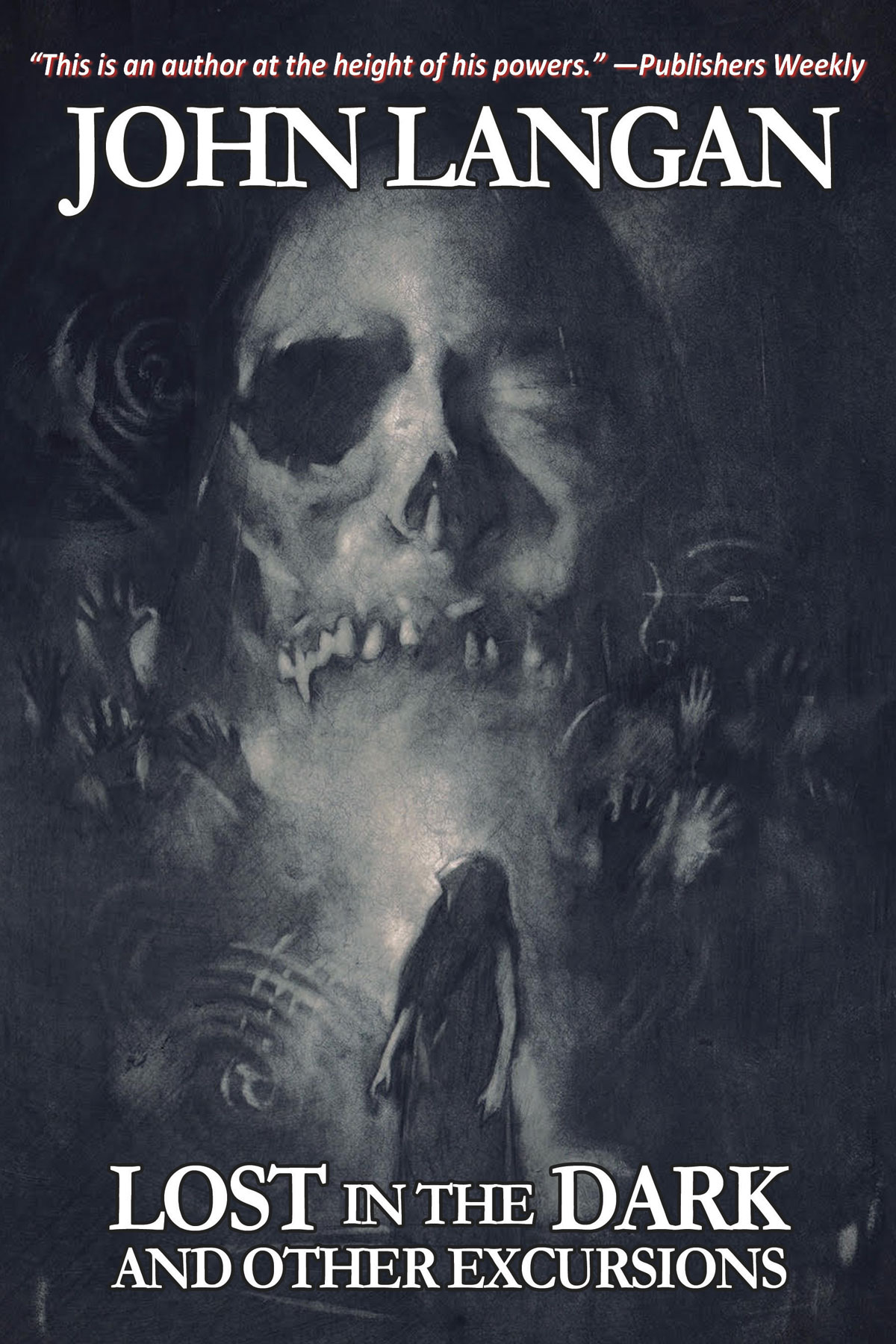
Lost In The Dark by John Langan
A garishly painted figurine contains a terrible curse; the ten-year anniversary of a sensational horror film shot in an abandoned …
Jim Rion reviewed The Little Stranger by Sarah Waters
terribly sad, and terribly British.
4 stars
Add a ghost story, it's really solidly in the ol M. R. James tradition, but what attitudes me as an American is the classism and the seemingly inseparable misogyny of the setting. But most of all, it's a stunningly well-written and crafted book.
Add a ghost story, it's really solidly in the ol M. R. James tradition, but what attitudes me as an American is the classism and the seemingly inseparable misogyny of the setting. But most of all, it's a stunningly well-written and crafted book.
Jim Rion reviewed お前の死因にとびきりの恐怖を by 梨
「██高校三十一回生、出席番号二十三番。私は、怪異に、宣戦布告します」 今までの怪談小説をくつがえす、新感覚のホラーモキュメンタリー
文芸部の片隅で見つかったUSBメモリ。 それは、ひとりの男子学生の「死」に関する情報を集めた不気味なものだった。
その男子学生の死因は「自殺」。 ただ、発見現場には数々の不可解なものが残されていた。 睡眠薬の錠剤とともに床に散乱している、びりびりに破かれたおふだらしき何か。口内に絡みついた彼自身の髪の毛。それらの痕跡は、まるで恐怖に苦しんだ結果、超自然的な儀式に手を染めたかのようで───
文芸部で発見されたUSBメモリ、新聞部の校内記事、合唱部の変遷レポート…etc. 筆者がある高校から収集した、一見無関係な情報から浮き上がる”真実”とは。
――これは青すぎるほど青い、とある「なけなしの救い」の物語。
Confused? Or just Confusing?
3 stars
Nashi is among the more cerebral writers of Japanese horror I've encountered. I knew that going into this book, and the first half (which comes across as a semi-academic treatment of a strange, fear-creating natural phenomenon at a Japanese high school) was very much what I expected after his previous work. The last half, though, turns into something like a teen romance/hallucinatory nightmare journey toward suicide that... Well. It includes arguments that are puzzling and, frankly, offputting in any context, much less the surrounding story. But then I read the back cover and I kind of get the feeling that this book might be something more personal, and more complex, that it first seemed. Thought-provoking, but in the end, not emotionally impactful.
Nashi is among the more cerebral writers of Japanese horror I've encountered. I knew that going into this book, and the first half (which comes across as a semi-academic treatment of a strange, fear-creating natural phenomenon at a Japanese high school) was very much what I expected after his previous work. The last half, though, turns into something like a teen romance/hallucinatory nightmare journey toward suicide that... Well. It includes arguments that are puzzling and, frankly, offputting in any context, much less the surrounding story. But then I read the back cover and I kind of get the feeling that this book might be something more personal, and more complex, that it first seemed. Thought-provoking, but in the end, not emotionally impactful.
Jim Rion reviewed 羅刹国通信 by Yasumi Tsuhara
十二歳で叔父を殺した。 その罪が、いまになって 現実を、夢を侵蝕してゆく。 亡者たちが〈恐怖〉と〈悪意〉に 分かれ争う羅刹の国の夢を共有する 少女と少年の魂の行方 並ぶ者なき幻視者が 若き日にものした幻の傑作、初単行本化
叔父を殺したことは固く秘しておくべきだった。 自殺するなんてと母が泣き続けるものだから、本当はわたしが崖から突き落としたのだとわかれば、すこしは気が楽になるかと思ったのだ。 震災で妻を失いPTSDに苦しむ叔父との同居に疲弊する家族のために、小学六年生の左右田理恵(そうだりえ)は叔父を殺した。 その四年後、理恵は奇妙な夢を見るようになる。 荒れ果てた灼熱の地で岩蔭と食糧を求める「鬼」の集団。 かれらは二つの勢力に分かたれ争い殺し合う――その法則を理恵に教えたのは、同じ夢を共有する一人の少年だった。 …
A challenge on many levels
4 stars
Japan's approach to literature can sometimes stand in the way of easy genre labeling. Which is not a bad thing, but I only learned about this book when it was ranked in an annual survey of horror fiction. I'm not sure that is a good way to bring it to the public eye. This is a novel of a mind broken into two pieces by grief and regret, and by the desire to simply be something else. Rie Souda is a girl of fifteen or so who is turning into an oni. She has grown horns that she can see and touch, but no one else can. In her dreams, she wanders a fiery waste--the burning hell of Japanese Buddhist tradition--seeking shelter from the blistering sun and trying not to become prey to the other maddened wanderers. It is only when she meets, in her dream and in real life, …
Japan's approach to literature can sometimes stand in the way of easy genre labeling. Which is not a bad thing, but I only learned about this book when it was ranked in an annual survey of horror fiction. I'm not sure that is a good way to bring it to the public eye. This is a novel of a mind broken into two pieces by grief and regret, and by the desire to simply be something else. Rie Souda is a girl of fifteen or so who is turning into an oni. She has grown horns that she can see and touch, but no one else can. In her dreams, she wanders a fiery waste--the burning hell of Japanese Buddhist tradition--seeking shelter from the blistering sun and trying not to become prey to the other maddened wanderers. It is only when she meets, in her dream and in real life, Kaname Akutagawa, an older boy from her high school, that she realizes they are all oni. Horned, red skinned, mouths filled with teeth that tear. And they must eat what they can. So, yes, there is violence and blood and cannibalism here, but not in lurid detail. It is more as a marker of the two lives that Rie seems to be living now, and what is more important is why. Because Rie has killed. When she was younger, she had an uncle who lost his wife in a disaster, and it broke him. He became a shattered ghost, always seeking his lost Tomoko (and, indeed, sometimes calling Rie by that name). He wanted to die, and so Rie helped him by pushing him off a cliff. But Rie is also seeking help. She has a family that, as hard as it is, encourages her and takes her to get care and is with her when they can be. And then... Well, it can only be said that this book is unfinished. It was in magazine serialization from 2000 to 2002 when the author died suddenly, and so Rie's fate and the truth of her life and so much more remain unknown. This is very much what would be in the "lit horror" scene in the west, simply because of the complexity of the language and the depth of theme it brings, and it is sometimes almost lyrically beautiful. But unraveling it, deciphering it, grasping the threads of it is perhaps beyond me because there is much I didn't get. But it was worth the effort.

